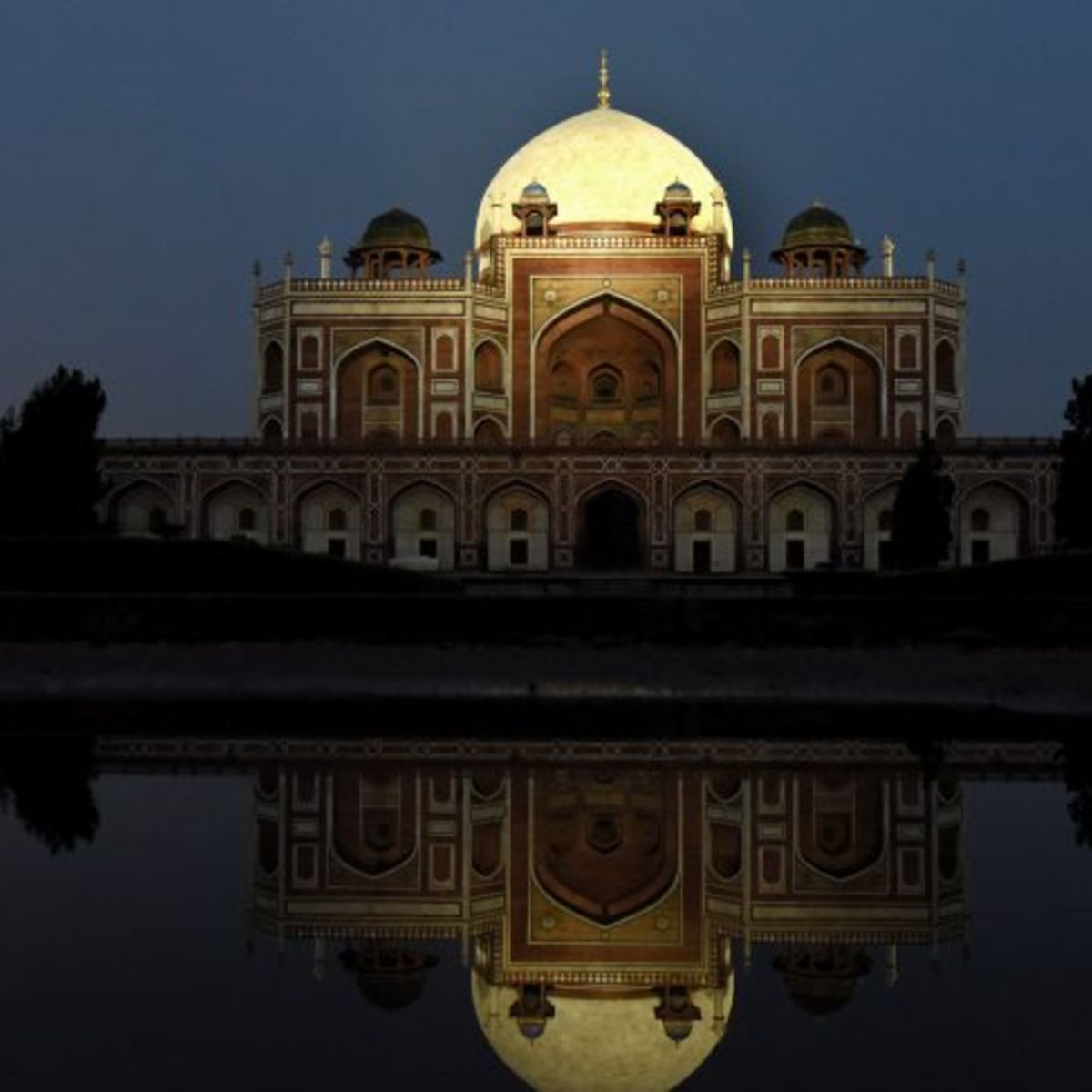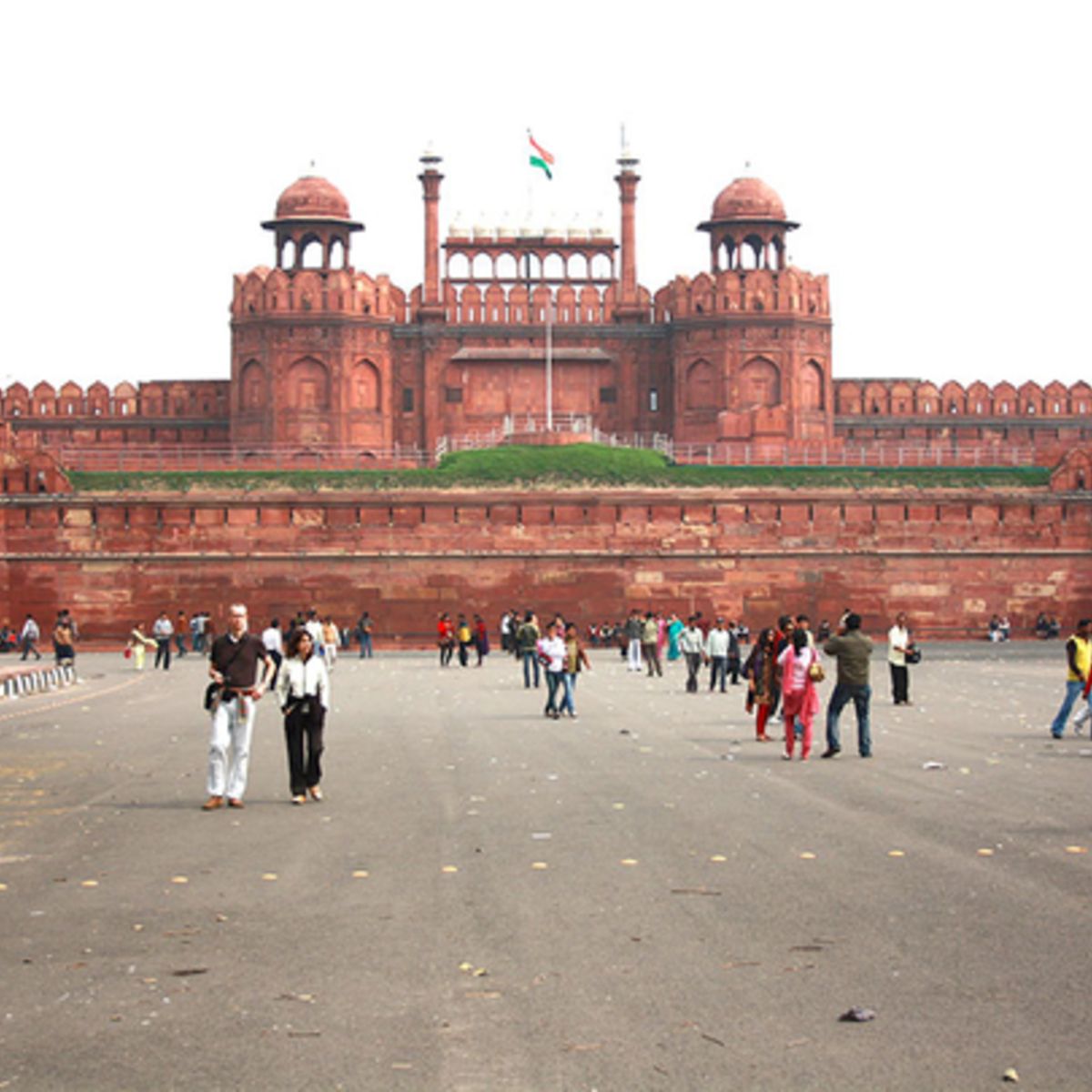It’s no secret that Delhi has as rich a history and culture as the inception of the city itself, as long as it dates back in time, as long as the epic of even Mahabharata itself. And, one of the sweet victories of living or visiting this city is that you’re living right at the heart of history, the contrast between modern and old, so very vivid. So, if it’s Delhi the fruit of the old, one bite out of it is inevitably taken! Let us take you on a journey of the old… fuelled by the new.
Five Doors to the Mystical City

Image Courtesy: History of Delhi
Initially, the grand town of Shahjahanabad, had the fourteen gates secured to its entrance, and that is something which can still be witnessed, in part. Five of the original 14 gates of the walled city of Delhi are still standing. They include; Ajmeri Gate: Facing Ajmer in Rajasthan; Lahori Gate: Facing Lahore in Pakistan; Kashmiri Gate: Pointing North to Kashmir; Delhi Gate: Road to earlier cities of Delhi; Turkman Gate: Named after pious saint Hazrat Shah Turkam .
The Town of the Crown
Delhi is derived from the word “Dhillika” which had around 18 different sites of various kings and emperors that include Indraprastha, Lal Kot, Quila Rai Pithora, Siri, Jahanpanah, Ferozabad, Dinpanah, Tughlakabad, Delhi Sher Shahi, Shahjahanabad, and more; the city being destroyed and rebuilt seven times and ruled by successive empires and dynasties. Some of the most famous rulers that reigned ruled over Delhi were Tomaras, Mamluks, Khilji, Tughlaqs, Sayyids, Lodhis, Mughals, and British.
The first reconstruction and Culture

Image Courtesy: Governance Now
In 1206AD the Delhi Sultanate was established by Afghan warrior Muhammad of Ghori and his legions. The Sutanate lasted until 1526, surviving Timur’s deadly assault in 1396, in which the city was totally destroyed in what was to be the first of many of the destructions and rebuilding of Delhi. This first reconstruction of the city helped initially establish Delhi as the Islamic capital of India, as well as being the catalyst for of cultural changes in the subcontinent. With the new religion, Islam came considerable changes in literature, art and architecture.
Mughal Architecture and advent of the Sufi (Humayu’s Tomb)

Image Courtesy: CN Traveller India
Delhi is the centre of Mughal architecture and the city abounds with Mughal architecture and influences in the design of temples and tombs. The tomb of 13th Century Amir Khusrau, known as father of Hindi sufi music and father of Urdu language, a blend of Arabic, Persian and Indian languages, gives rise to a very popular yearly music and poetry festival, while Humayun’s tomb, said to rival the Taj Mahal itself, was built in 1565 by Hamida Banu Begum, Humayun’s widow.
The Red Fort

Image Courtesy: Gulf News
The Red Fort, built in almost 20 years (1639-1648), by the Mughal monarch Shahjahan, had a great significance in historical Delhi, and became the residence of the emperor and his royal family, and of subsequent rulers. Though it was looted of beautiful treasures like the famous Peacock throne of Shahajahan (by Nadir Shah when he looted Delhi in 1739) the fort is well-maintained, with all its original Persian, European and Indian artwork intact, and stands testimony of Indian art and culture.
Jama Masjid

Image Courtesy: Pexels
When Jama Masjid, was completed by the Mughal emperor Shah Jahan, in 1658 it became the largest mosque in India, and still is. It has three gateways, four angle towers and two 40m high minarets in red sandstone and marble and is located on the other side of road to the Red Fort. 5000 workers were employed for the construction of Jama Masjid, and the construction commenced from 1650 and took six years to complete. The mosque was built on the orders of Emperor Shahjahan to complement his palace at the Red Fort.
The city of the Epics

Image Courtesy: Flickr
Delhi has been named in the Mahabharata, and it is so ascertained. Delhi is believed to be the site of the famous city of Indraprastha, founded by the Pandavas from the Sanskrit epic of Mahabharata. which was built on the site of a burned-down forest called Kandavaprastha. Some believe that this city was located at Delhi, and it’s often associated with Purana Qila, an old fort of the capital.
Featured Image Courtesy:


